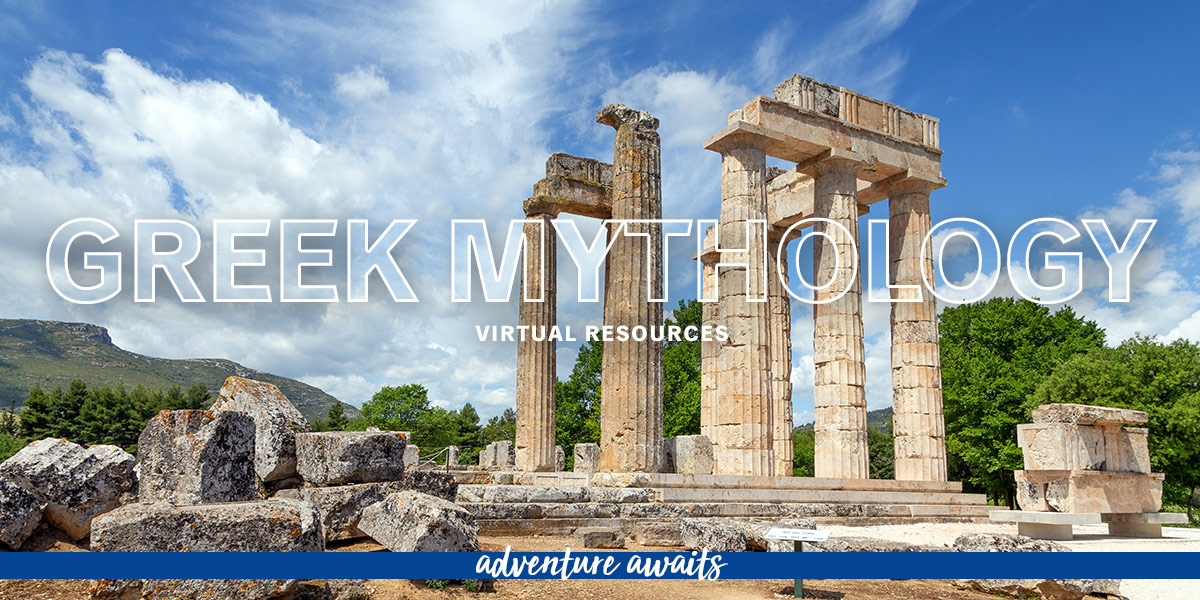The Labyrinth and the Minotaur
According to Greek mythology, the Labyrinth was created to imprison the son of King Minos, who had the head of a bull and the body of a man. Its winding and seemingly never-ending corridors kept the Minotaur at bay from wreaking havoc and destruction. Each year, the Athenians were required to send seven boys and seven to be eaten by the Minotaur to ensure the safety of the community.
- The Story of the Minotaur: Watch this animated video on the history of the Minotaur and how he was eventually killed by Prince Theseus with the help of Ariadne.
- The Labyrinth of Crete: Read this in-depth article to get a full sense of the archeological history of the Labyrinth, when it first appeared in literature, and its storied folklore in Greek mythology.
- Theseus – I Volunteer as Tribute: Check out this popular podcast from Myths and Legends creator Jason Weiser, a folklore enthusiast and lover of all stories from antiquity.
The Harpy
In traditional Greek and Roman mythology, the Harpy was a half-bird, half-woman creature that personified storm winds. The earliest known mention of these mythical creatures can be found in Homeric poems. The word “Harpy” means “snatcher,” and these creatures were known as the “hounds of Zeus.”
- The Story of the Harpy: Watch this animated video for a brief history of the Harpy and the most popular mentions of the creatures in classic literature.
- Jason and the Argonauts: By far the most popular reference to the Harpies is found in the myth of Jason and the Argonauts. In 1963, a film adaptation was released by Columbia Pictures. It’s a classic, so if you have the time, treat yourself to this treasured film!
- Harpyiai: For an in-depth and comprehensive history of the Harpy (Harpyiai in Latin), check out this article that compiles tons of research into one page.
The Sacrifice of Iphigenia
Iphigenia, the daughter of King Agamemnon, was sent to be sacrificed because of the King’s conflict with the goddess Diana. At the last moment, Iphigenia was replaced with a sacred deer and her life was saved. There are a several variations of this story, but the tenets have remained the same over time.
- The Story of Iphigenia and the Sacred Deer: Watch this animated video to see the story of Iphigenia and the most common retelling of the famous myth.
- Painting Iphigenia: Discover Gaetano Gandolfi’s oil sketch of the sacrifice dating back to 1789, located in a collection at the Met Museum.
- The Sacrifice of Iphigenia: Check out this well-written article on the story of Iphigenia and how many contemporary storytellers and filmmakers have used this Greek myth as part of their framework.

